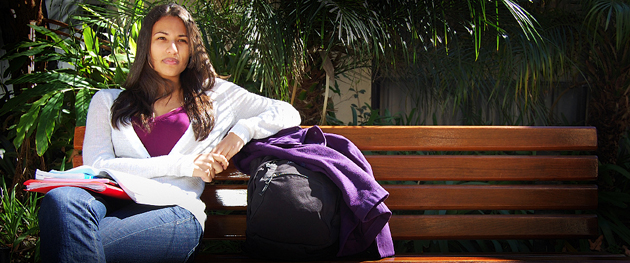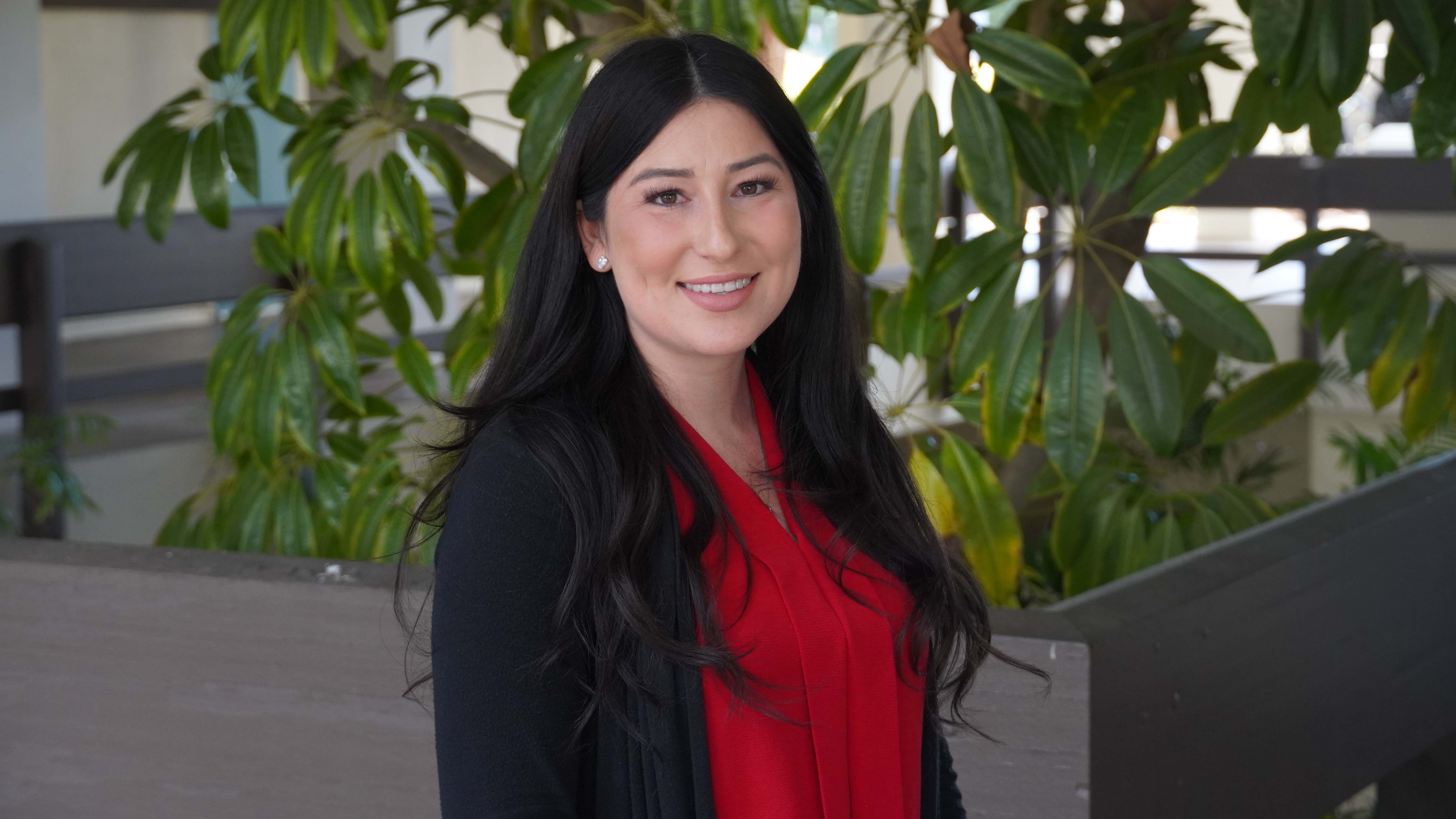Living and Learning
Living on campus can be a life-changing experience for students.

For Jay, living in the residence halls at San Diego State was a transformative experience. Not just because he lived away from home for the first time, or because he started college, but because it allowed him to come out of the closet.
While it could have been traumatic, Jay had the support of his resident advisor (RA), who helped create a welcoming and accepting environment for him to declare his homosexuality.
“I remember someone had called me some derogatory term in the residence halls,” he said. “My RA heard it and she spoke up for me. I really appreciated that. The RAs are here to facilitate and create an environment that is conducive to learning, to interactions with different people, to fostering diversity.”
Now an RA himself, Jay creates a similar environment for students in the residence hall in which he works.
Better scholars, leaders and citizens
Feeling welcomed and accepted is a central part of the SDSU Residential Education programming. But, it’s not the department’s only focus. With a three-pronged approach, Residential Education develops what staff members call “the whole person” by helping students become better scholars, leaders and citizens.
“We want to create holistic students,” said Christy Samarkos, director of Residential Education. “We want to develop students who are academically successful, are healthy and can negotiate for themselves. We look at them very holistically to help them and to push them, too.”
But, developing well-rounded students isn’t easy. It’s a tricky endeavor to subtly teach without a lecture or lesson. Instead, they integrate teachable moments into the briefest of interactions alongside structured programming based on research and theory.
“It’s a challenge coming to the university for the first time, the challenge of living on your own for the first time, the challenge of having roommates,” said Darrell Hess, associate director of Residential Education.
“The challenge and support we provide comes from the academic mentors, the resident advisors, the community advisors and the faculty-in-residence; all of those different folks. There’s also the social atmosphere that lets you feel like you belong. That’s what makes it work — the appropriate balance of challenge and support.”
Learning without lessons
Take social justice issues, for example. An important component of the university’s mission, it is something students can learn in a classroom lecture. But, it’s much more meaningful when it’s illustrated before their eyes.
A good example is “Dinner of the Worlds,” which takes place during the annual Week of Caring, which focuses on social justice issues.
At the event, students are put into one of three groups. Five students eat like the First World, with a five-course meal in a fine dining atmosphere. Then, 10 people eat similar to the Second World, with simple plates of pasta and sauce alongside bread and water. All other participants sit at the Third World table, eating rice and beans with no utensils and “dirty” water thanks to food coloring.
“I never had really thought of my own privilege regarding how I ate and when I ate until that program,” said media studies senior Trista Shideler, who works as an RA in Cuicacalli Suites and experienced the event firsthand last year. “I have a greater appreciation of my own privilege and where I am in this world.”
Besides helping students live together and develop an awareness of the world around them, Residential Education also helps students become leaders and supports them academically.
“We want to develop students who are academically successful, are healthy and can negotiate for themselves.”
Residential Education staffers encourage students to participate in student organizations and the Residence Hall Council, which governs the halls and plans events and programming. There’s also living communities, where students with similar academic, thematic or lifestyle interests can live together.
Students who live on campus have access to academic mentors and resource centers, like the STAR Centers, as well as the six faculty members who live alongside the students in each residence hall. These faculty-in-residence from the colleges of Arts and Letters, Professional Studies and Fine Arts, Business Administration and the Library provide informal academic counseling and implement educational curriculum in their respective halls.
Not only do students learn more about their professors as people — especially since many also live on campus with their spouses and families — through this program, but it also provides professors perspective about the day-to-day lives of students.
“For me, the compelling reason was that you want to get to know your students,” said Clarissa Clò, faculty-in-residence and a professor of Italian studies in the Department of European Studies. Having spent most of her life in Italy, Clò finds residential living “intriguing” and was interested in learning about students and what it’s like to live on campus.
“I was thinking ‘I go to class, I go to my office hours and then I go home.’ I don’t know these students, really, outside of the classroom. I was curious to figure out what culture they’re coming from. I was curious about that and all of the programming — it is humongous; I had no idea.”
Positive results
Taken together, SDSU Residential Education programming works.
“What we’ve found consistently is that our students have stronger GPAs after their first semester,” Samarkos said. “After their first year, they are retained to their sophomore year at a higher rate and their academic probation rates are lower. Our students are graduating in a more timely manner than their peers who do not live on campus.”
Whether it’s being a better roommate, world citizen, leader or student, these are the kinds of things that can’t just be taught in a classroom — lessons that can only be learned by living.


